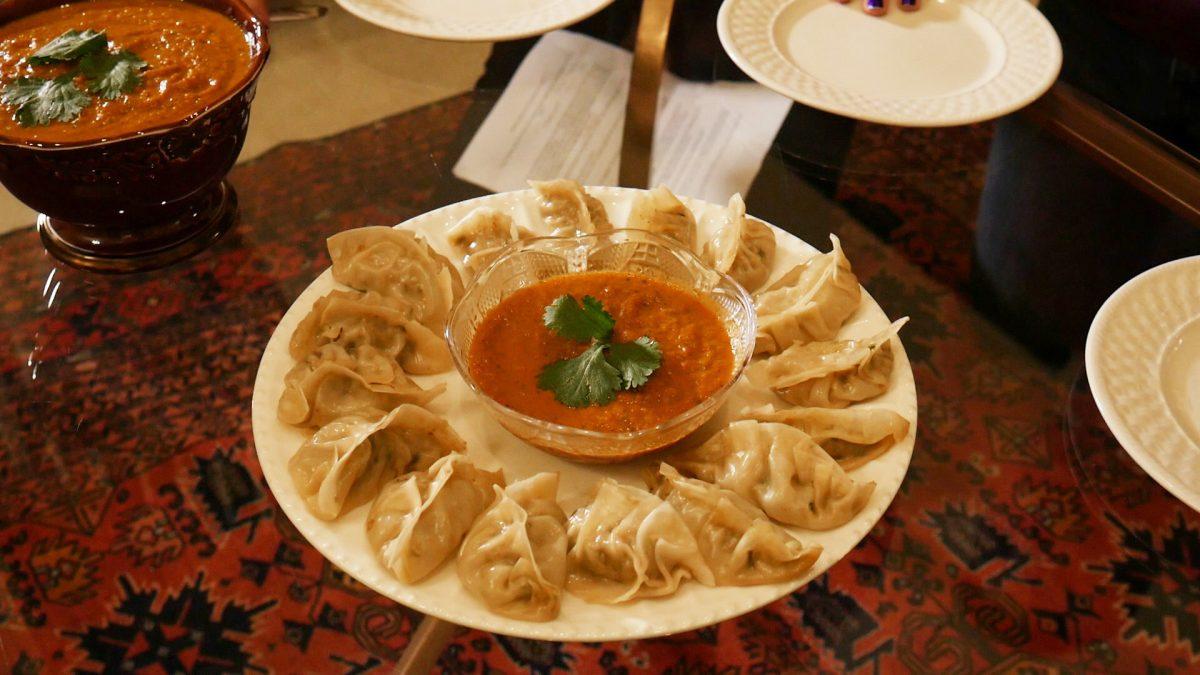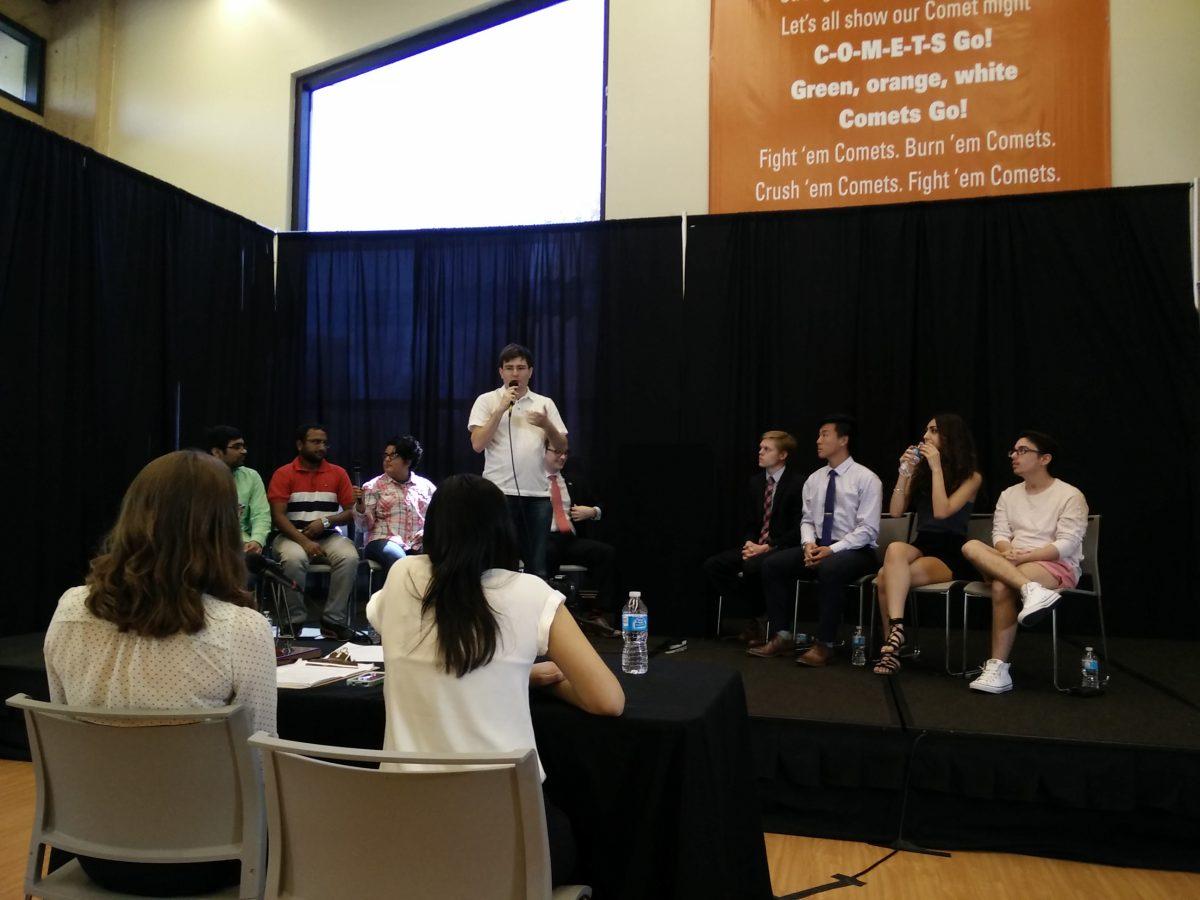
When my news editor, Emaan Bangash, first approached me about joining her recently-established Chew Crew, I was enthusiastic. When she excitedly told me that the first food I’d be trying would be the spiciest ramen currently on the market, my enthusiasm promptly turned into a cross between curiosity and dread.
For the seasoned veteran of spicy ramen (which I am assuredly not), Samyang Noodles are a well-respected name. Based in South Korea, this high-sodium ramen — 1,870 milligrams for a single serving of the Spicy Chicken Roasted Original — is also a halal brand, meaning that it fits the dietary standards according to Islamic law, as denoted, in this case, by the Korean-Muslim Federation Halal Committee. With volcanic flavors ranging from Spicy Chicken Roasted Cheese, to Spicy Chicken Roasted Curry and other Spicy Chicken Roasted Insert-Name-Here, Samyang is famous for engineering some of the spiciest ramen currently known to mankind.
But exactly how spicy is the spiciest ramen? Spiciness, in this case, is measured in Scoville heat units. Named after Wilbur Scoville, the American pharmacist who founded the system, the Scoville scale measures spice-intensity based on capsaicin concentration. Capsaicin is an extract found in chili peppers and is a measure of pungency in a given food. As a frame of reference, pepperoncinis are about 100 to 500 SHUs, while jalapeños can measure anywhere from 2,500 to 8,000 SHUs. The Samyang 2X Spicy Hot Chicken ramen I was about to consume, on the other hand, is exactly 8,706 SHUs.
Trepidation set in. On a scale of one to human volcano on how much heat I can tolerate, I am a fragile, flammable leaf floating on a breeze of mildness. The spiciest thing I had consumed to date was part of a homegrown jalapeño. In other words, much to the shame of many friends and family, I am unaccustomed to spicy food.
As Emaan cooked the noodles, she cheerfully informed me that inhaling the fumes from the poisonous-looking red sauce was akin to breathing in pepper spray. Truly, though the smell was pleasantly sharp, it wasn’t so much smelled as felt, slamming into the back of my throat. Luckily, in order to offset the agony I was about to endure, Emaan had also provided a milk-based soft drink branded “Wahaha” (which was obviously fate laughing at my imminent passing). In preparation for bidding our taste buds goodbye, we both tried some. I noted how it vaguely reminded me of liquidized plain yogurt.
Then came the moment of reckoning. Briefly reflecting that this particular Samyang brand of ramen has a word in its Korean name — “haek” — that translates as “nuclear” (encouraging, right?), I twirled my fork around my demise and tried the noodles.
For a blissful moment, I noted the chicken-y undertones of the ramen and rich heaviness of the spices. Then the full impact of the heat crept and pounced. Starting first as a tingling in my lips, the sensation transitioned to a scorching feeling in my mouth, and finally became an all-consuming blaze that made my eyes water and every breath singe the back of my throat. Meanwhile, in the midst of my suffering, Emaan chewed calmly and thoughtfully, finally pronouncing that the noodles “actually aren’t that bad.” I choked down water in response.
Though I emerged relatively unscathed, I know there may be some clinically deranged people out there who don’t believe that the experience was as intense as I make it out to be. So, to anyone wishing to risk permanently damaging their sense of taste, I highly recommend trying this ramen for yourself. If nothing else, at least you can say you tried the culinary equivalent of a nuclear explosion.


















